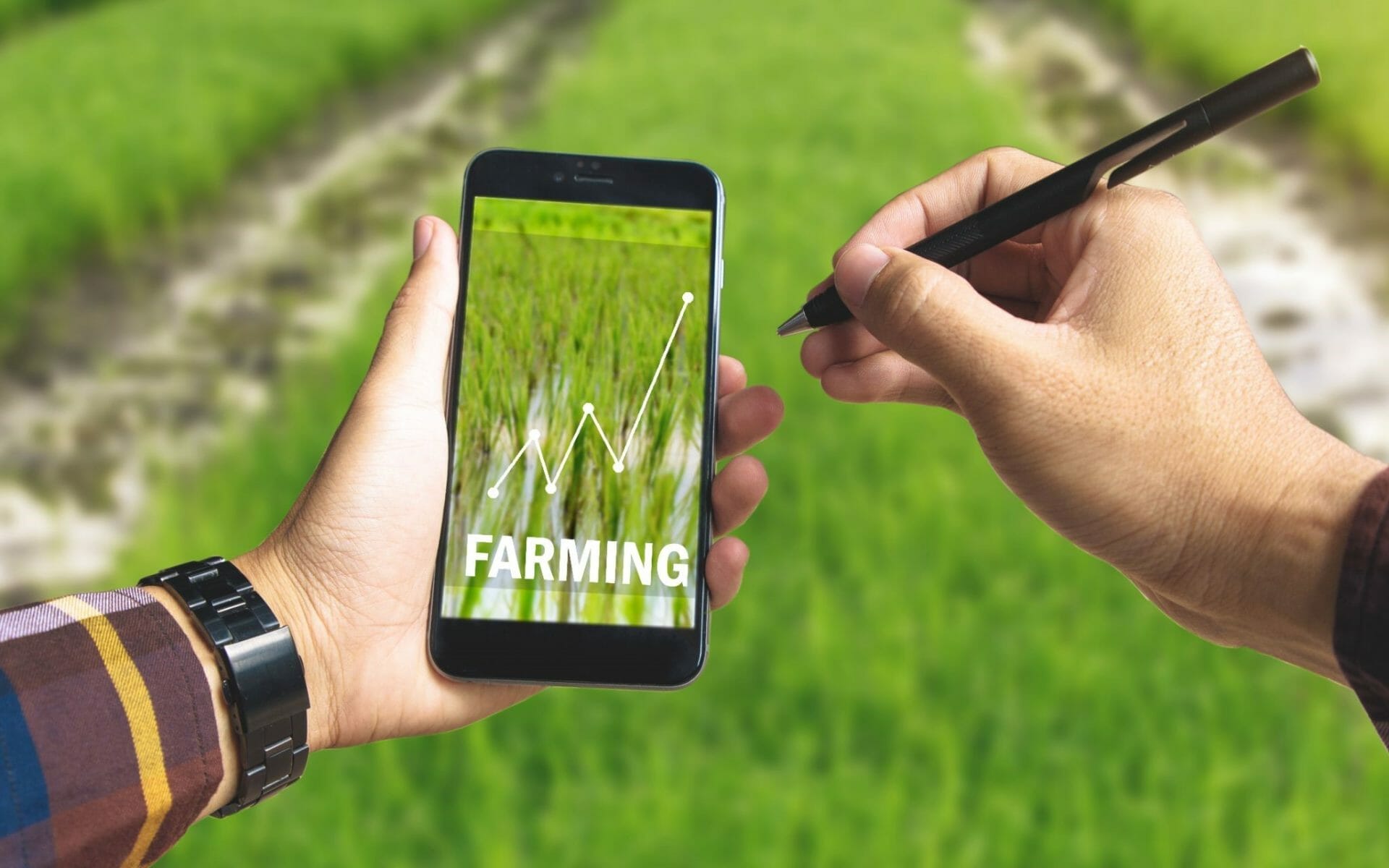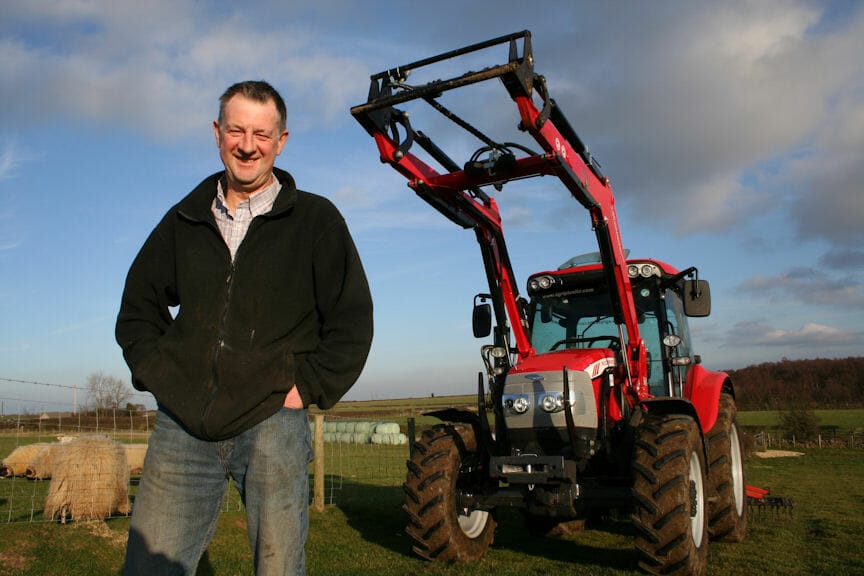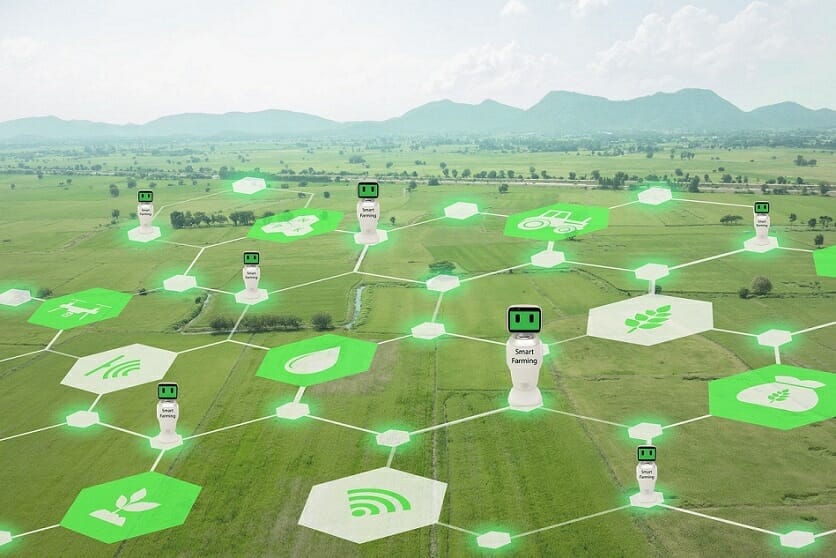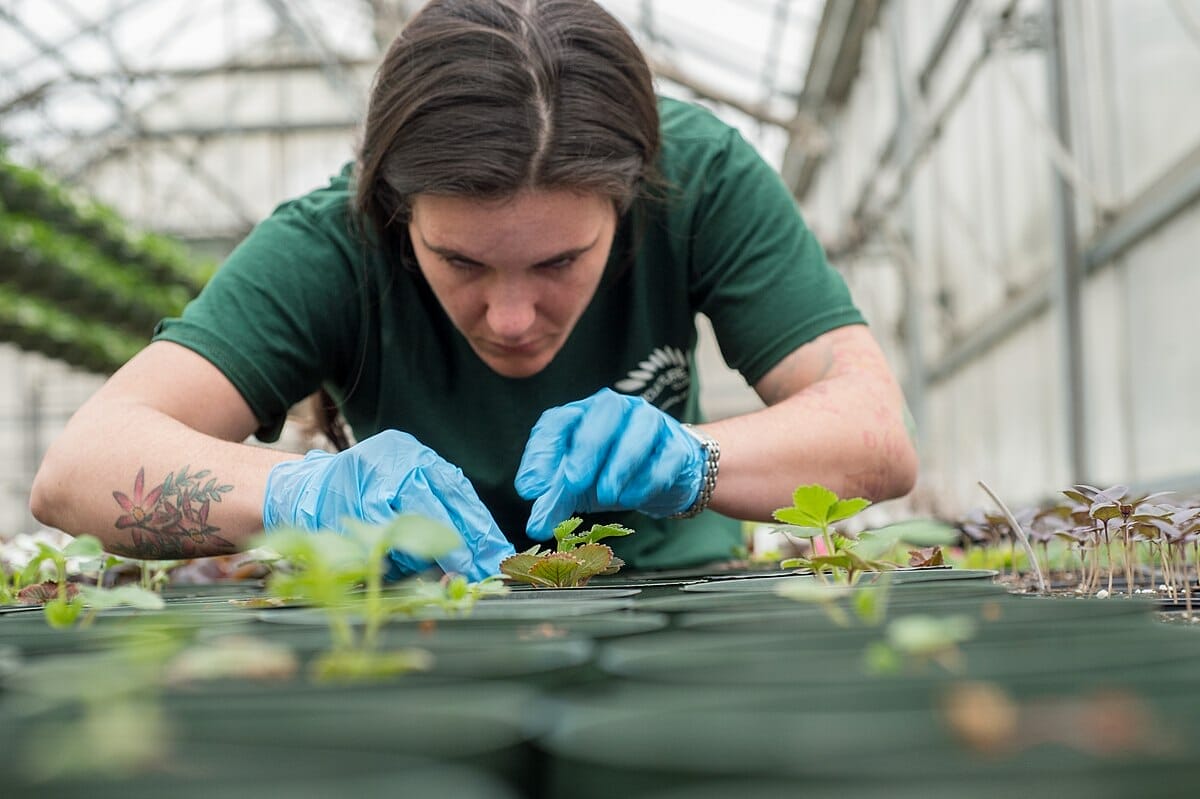Modern technology is steadily entering the agriculture and forestry industries. More and more governmental and commercial projects are looking for digital solutions to improve forest monitoring and farmland management. Among the variety of these innovations, there are undeniable trends in using specific technologies in modern farming and forestry that we will cover in this article. But before that, let’s briefly review the overall development trends of these two industries to understand better where the need for using modern tech comes from.
Forestry: 2021 Industry Overview
Due to their large percentages of forest cover, the US and Canada are among the biggest players in the global forestry industry. The biggest sectors in this industry worldwide are paper, wood, and pulp production. However, the demand among these sectors varies significantly due to the growing world population and global economic expansion. These changes imply that the demand for forest products like wood-based panels will increase to satisfy the needs of all people.
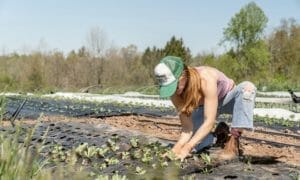
Agriculture: 2021 Industry Overview
Modern agriculture is experiencing transformation due to the global pandemic. Since people are now more concerned about their health and the impact food has on it, consumers’ focus has shifted from food price and taste to its quality, safety, and nutritious value. To keep up with this growing demand for healthy food, the agricultural industry has no other choice than to shift toward sustainability.
More and more farmers are implementing new technologies to ensure their business sustainability for current and future generations. Luckily, new innovations are constantly coming to aid growers in healthy food production and natural resource preservation.
Ultimately, the trends in both forestry and agriculture show that the use of new technologies is necessary to tackle current issues these industries face now and will continue to experience if no measures are taken. So, let’s now move on to what these technologies are and how they actually assist in forestry and farming specifically.
IoT Sensors
The applications of IoT technology in farming and forestry is already proving to be quite effective. IoT-powered solutions like sensors, wireless networks, and cloud platforms are already revolutionizing both industries. The primary benefits they offer include:
- Increased food production thanks to precision
- Lower production costs thanks to the possibility of enabling variable rate application (VRA)
- Real-time, smart cost management
- Possibility to measure key parameters in forest areas remotely, sending the data from sensors to a central platform via wireless communication
Ultimately, IoT technology allows for increasing profits, reducing costs, and maximizing the efficiency of farmland and forest monitoring to predict any threats timely and mitigate the impact of already occurred natural or human-made disasters (soil erosion, pests infestation, forest fires, etc).
IoT technology in farming and forestry implies using GPS, sensors, data mapping, and analytics to offer precise, relevant information on what is happening in the area and enable fast and effective decision-making. IoT-powered systems can recommend fertilizer doses, determine areas that require irrigation, and help detect disease- or pest-related issues.
This is about better visibility, insight, and control over the farm or a forest, which means improved time management, enhanced decision-making, and smart use of resources. In agriculture, it translates into higher yields and revenue, healthier food, and environmental preservation. There is smart and remote forest monitoring (for instance, forest fire prevention, monitoring, and impact mitigation).
How does it work? Sensors are installed in the field or in forests to monitor the temperature, soil pH and moisture levels, leaf water potential, fertilizer presence, etc. The data is automatically sent back to the cloud for further analysis.
Here are some applications of IoT technologies in farming and forestry:
- Soil moisture and nutrient analysis
- Weather conditions monitoring (rainfall, temperature, humidity, etc).
- Livestock management through GPS-enabled asset tracking with sensors that can be attached to a collar or an ankle
- Autonomous farm equipment to reduce costs on human labor and increase precision
AI/ML & Data Science
AI, ML, and Data Science contribute to data analysis and predictions in farm or forest monitoring. The data collected by IoT devices and ML algorithms is processed with data science. This enables receiving already analyzed information instead of raw data, resulting in accurate and fast decision-making.
Here is what the use of AI, ML and data science in farming and forestry offers:
- Yield prediction
- Crop sustainability analytics
- Types of plants, crops, and trees recognition
- Detection of tree or crop diseases and pest infestations
- Waste reduction
Automation and Robotics
The use of robotics in farming and forestry eases the workload on human resources. Drones, automated harvesters, and other robotic equipment ensure automation in both industries.
Here are key possibilities robotics offers for agriculture and forestry:
- Precision in planting and harvesting
- Vehicles with driverless control
- Computer vision for precise sprinkling and seeding
- The use of tree-planting drones in remote areas
- Forests monitoring with drones
Ultimately, technology offers endless possibilities in both forestry and agriculture. Although some of these opportunities are already widely used, there is still a long way to go especially when the current trends in both industries show an undeniable need to implement new tech trends for assistance.


